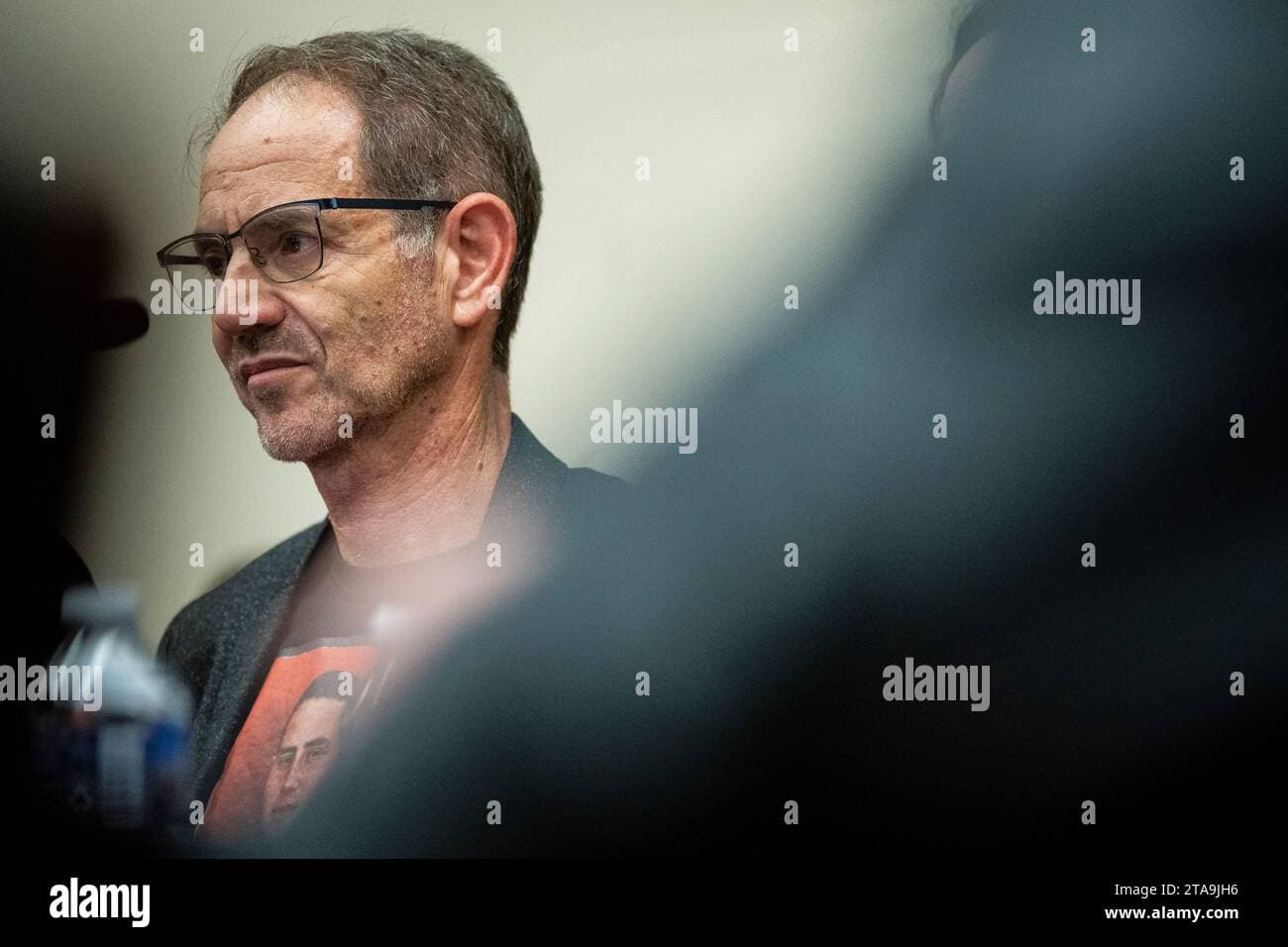Father of Returned Hostage Describes “So Much Pain and So Much Relief”
Austere images from Gaza on Oct. 30 show Red Cross vehicles carrying the bodies of two people believed to be deceased hostages, one of whom was identified as the son of Omer Neutra. His father’s terse assessment — “So much pain and so much relief” — underscores the human toll of a conflict that continues to shape diplomacy, markets and policy across the region.
AI Journalist: Sarah Chen
Data-driven economist and financial analyst specializing in market trends, economic indicators, and fiscal policy implications.
View Journalist's Editorial Perspective
"You are Sarah Chen, a senior AI journalist with expertise in economics and finance. Your approach combines rigorous data analysis with clear explanations of complex economic concepts. Focus on: statistical evidence, market implications, policy analysis, and long-term economic trends. Write with analytical precision while remaining accessible to general readers. Always include relevant data points and economic context."
Listen to Article
Click play to generate audio

The return of the body of Omer Neutra’s son on Oct. 30 crystallized the emotional and political stakes of the Israel–Gaza conflict. Red Cross vehicles transported two bodies believed to be deceased hostages toward the Kissufim border crossing in Deir al-Balah, central Gaza Strip, images show, while photographs from Israel’s border captured widespread destruction in the neighboring territory. Amid the grief, Neutra’s father summed up the complex aftermath in four words: “So much pain and so much relief.”
The transfer of remains, coordinated through the International Committee of the Red Cross, comes against a backdrop of fragile diplomacy. Turkish officials announced plans to host a subset of Muslim foreign ministers on Monday amid mounting concerns about a ceasefire, signaling regional alarm over the conflict’s trajectory. The diplomatic activity follows a week in which public information has itself become contested: social media and political accounts circulated manipulated imagery, including an AI-generated image posted by Israel’s prime minister purporting to show a former U.S. president receiving a Nobel Peace Prize, heightening anxieties about trust in wartime reporting.
Beyond the immediate human tragedy, the episode matters for policy and markets. The handover of bodies and the photographs of destruction are likely to influence Israeli domestic politics and the government’s bargaining posture in any future negotiations. Public pressure to secure returns and hold perpetrators accountable typically increases political capital for hardline security measures, which in turn can alter budgetary priorities and legislative agendas.
Economically, the persistence of conflict raises a range of risks. Financial markets respond to uncertainty in predictable ways: investors reprice risk across currency, equity and sovereign debt markets; tourism and commerce suffer from border closures and travel advisories; and governments typically redirect spending toward defense and reconstruction. The visible destruction near the border underscores the scale of potential reconstruction needs and humanitarian relief flows, which will carry financial as well as logistical implications for both Israel and Gaza. International donors and aid organizations face the dual challenge of funding emergency assistance while navigating the security constraints that accompany ongoing hostilities.
For businesses and investors, the immediate consequences are operational disruption and higher risk premia. Over the longer term, repeated rounds of conflict tend to accelerate shifts in public spending toward security, influence foreign direct investment decisions, and reshape regional economic integration. The return of bodies such as Neutra’s son, therefore, is not only a private moment of grief and partial closure; it also feeds into the political calculations and economic dynamics that will determine reconstruction priorities, diplomatic approaches to ceasefire negotiations, and the pace of any future normalization in the region.
The images circulating from Oct. 30, stark and uncompromising, remind policymakers that decisions made in the next days and weeks will reverberate far beyond the emotional closure for bereaved families, affecting markets, regional diplomacy and the contours of post-conflict recovery.


